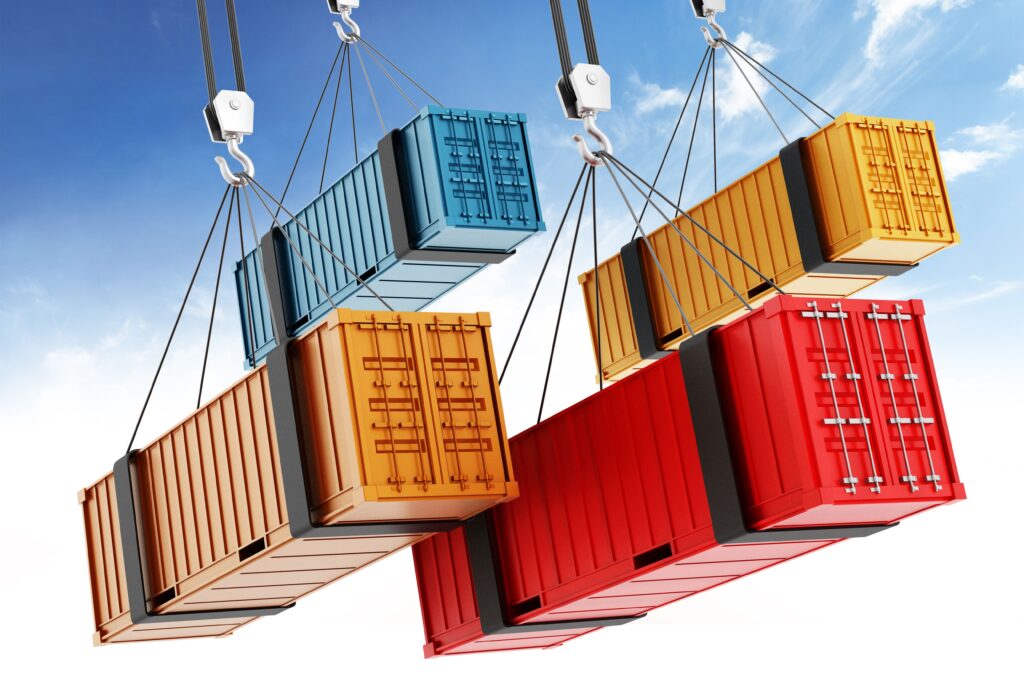When loading freight for transportation, ensure cargo stability by distributing weight and securing items properly. Use tie-down straps, blocking, and bracing techniques to prevent shifting and reduce accidents. Even weight distribution is critical for stability and control, minimizing handling challenges and enhancing safety. Secure tie-down straps meeting federal regulations to transport hazardous materials safely. Maximizing trailer space and securing hazardous materials are additional techniques that can improve freight transportation safety. Explore further details on maximizing safety protocols and efficiency in cargo loading techniques for freight transportation.
Importance of Secure Cargo Loading
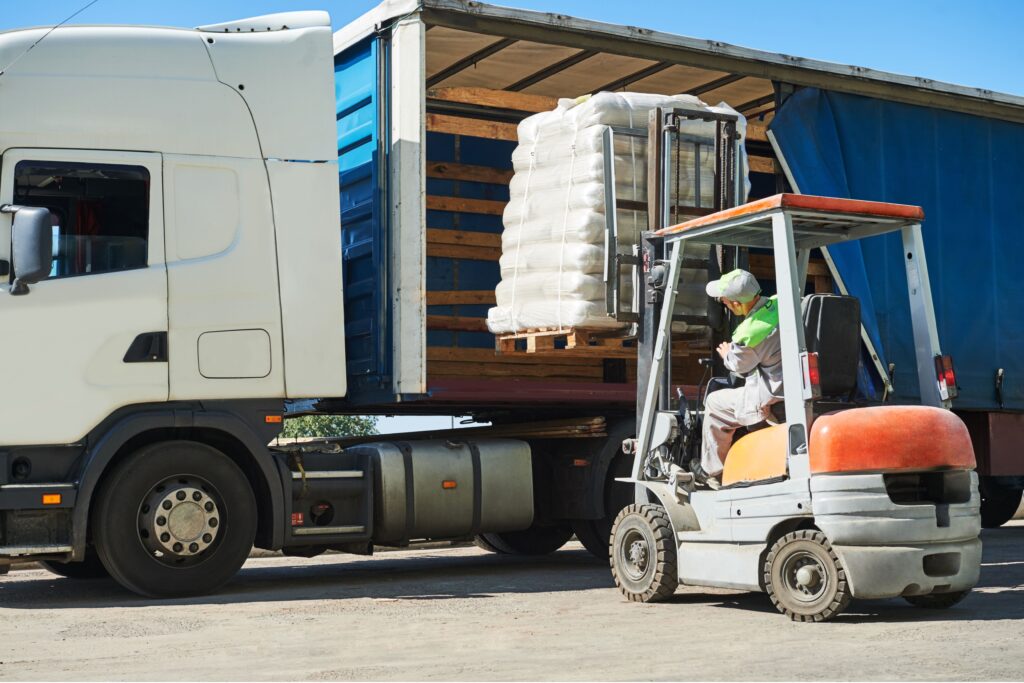
Ensuring cargo stability through proper weight distribution is crucial for safe transportation. Securely loading your cargo prevents shifting during transit, reducing the risk of accidents and damage. Prioritizing these practices enhances vehicle stability, handling, and overall road safety.
Cargo Stability Importance
With cargo stability being paramount in the realm of freight transportation, ensuring secure cargo loading practices is a fundamental aspect that can’t be overlooked. Cargo stability plays a crucial role in maintaining safe transportation conditions by preventing cargo shifts, reducing the risk of accidents, and ensuring vehicle balance.
Properly securing cargo minimizes the chances of damage, loss, and liability for carrier companies. By adhering to cargo securement regulations, such as those outlined by the Federal Motor Carrier Safety Administration, you can enhance the safety and efficiency of your transportation operations.
Proper Weight Distribution
Proper weight distribution in cargo loading is a critical factor in preventing accidents and maintaining vehicle stability during transportation. Ensuring that the weight of the cargo is evenly distributed across the vehicle helps in keeping the center of gravity stable, reducing the risk of rollovers. Balanced loads also improve handling and traction, which enhances overall safety on the road.
Overloading trucks can lead to equipment failures and increased stopping distances, posing significant hazards to both the driver and other road users. By following weight regulations and securely fastening cargo, you can prevent road hazards and accidents during transport. Prioritizing proper weight distribution is key to a safe and efficient freight transportation operation.
Properly Securing Items
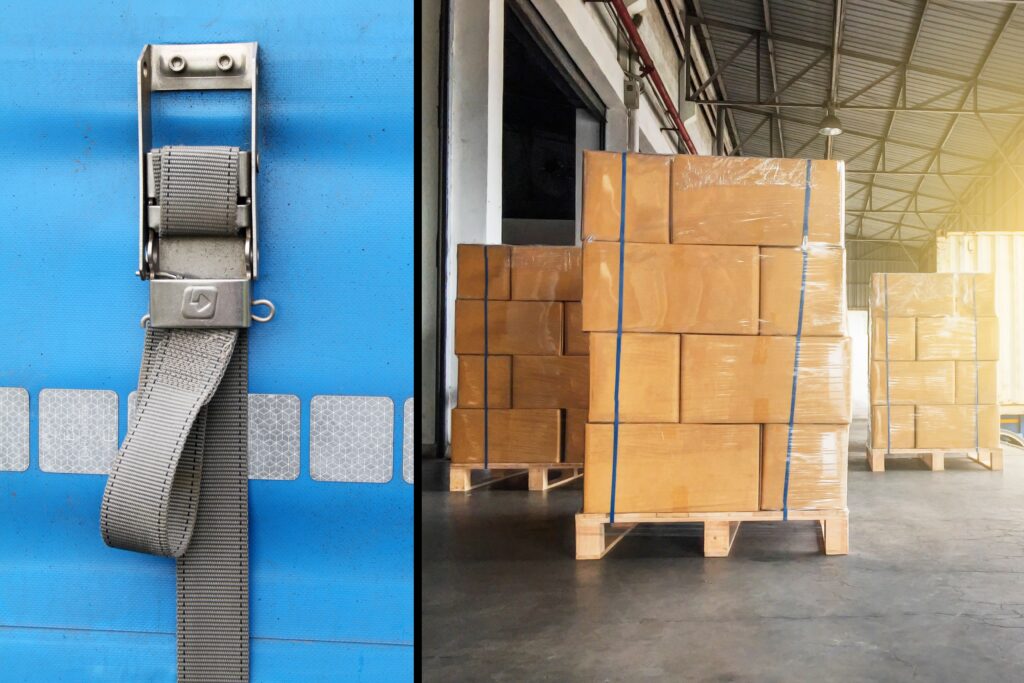
When securing items for transportation, ensure to use tie-down straps, blocking, and bracing techniques effectively.
Tie-down straps help keep cargo in place, while blocking and bracing prevent movement and shifting during transit.
Tie-down Straps
Ensure the safety of your cargo during transportation by utilizing tie-down straps to securely fasten items and prevent shifting. Tie-down straps are essential for securing items and reducing the risk of accidents and injuries during transit.
Be mindful of the working load limit (WLL) of tie-down straps, as it determines the maximum weight they can safely secure. Regularly inspect tie-down straps for wear and tear to maintain their effectiveness.
Different types, like ratchet straps or cam buckle straps, offer varying levels of ease of use and strength for securing items. By properly using tie-down straps, you can enhance the safety of your cargo and contribute to a secure freight transportation operation.
Blocking and Bracing
To secure items effectively during freight transportation, employ proper blocking and bracing techniques to prevent cargo shifting and ensure safe transport. Utilize materials such as wood, steel, or synthetic options to secure items in place securely.
Ensure that cargo is braced in all directions to withstand acceleration, deceleration, and turns during transportation. By implementing blocking and bracing methods, the risk of damage to goods is significantly reduced, guaranteeing a safe journey for the cargo.
It’s imperative to adhere to industry standards and guidelines to effectively execute blocking and bracing techniques. Following these practices won’t only protect the cargo from shifting but also contribute to the overall safety and security of the transportation process.
Even Weight Distribution
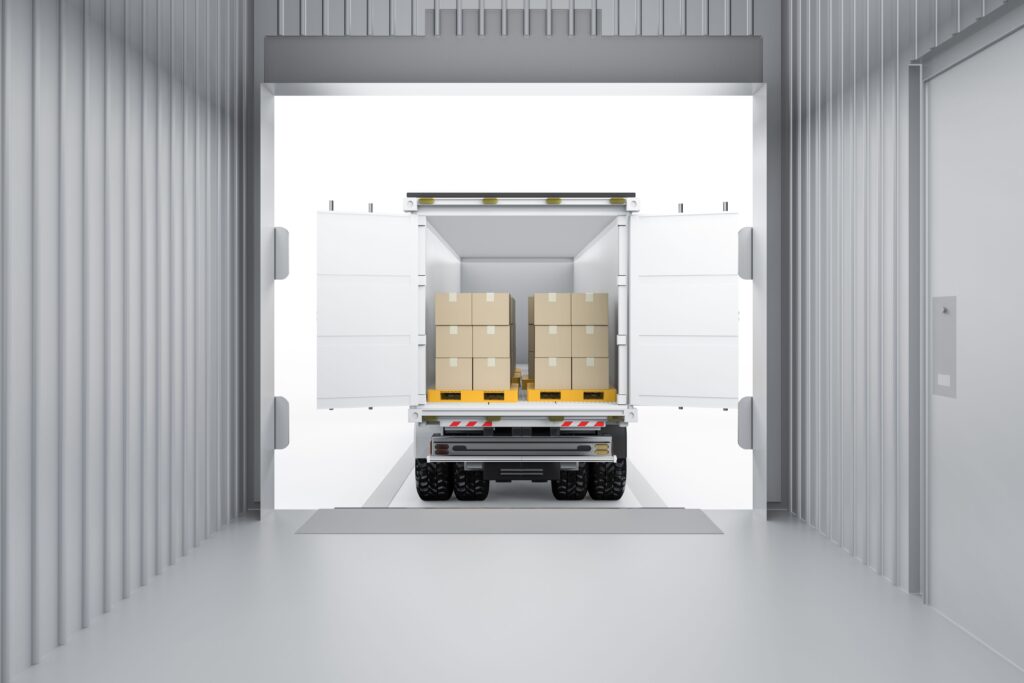
Ensure that the weight of the cargo is evenly distributed throughout the vehicle to maintain stability and control while driving. Uneven weight distribution can lead to handling challenges, premature tire wear, and increased fuel consumption, compromising safety and efficiency.
Properly balancing the cargo weight minimizes the risk of rollovers, reduces strain on specific vehicle components, and enhances overall driving safety.
Balanced Cargo Distribution
Balanced cargo distribution across the trailer is crucial for maintaining safe transport and minimizing risks associated with uneven weight distribution. To ensure even weight distribution, follow these key practices:
- Proper Loading: Distribute weight evenly from front to back and side to side.
- Utilize Load Bars: Secure cargo in place using load bars to prevent shifting during transit.
- Consider Cargo Type: Be mindful of the type of goods being transported to adjust weight distribution accordingly.
Implementing these strategies will help you maintain control of the vehicle during maneuvers, reduce the risk of accidents, and promote overall driving safety. Prioritizing balanced cargo distribution is essential for safe freight transportation.
Maximizing Trailer Space
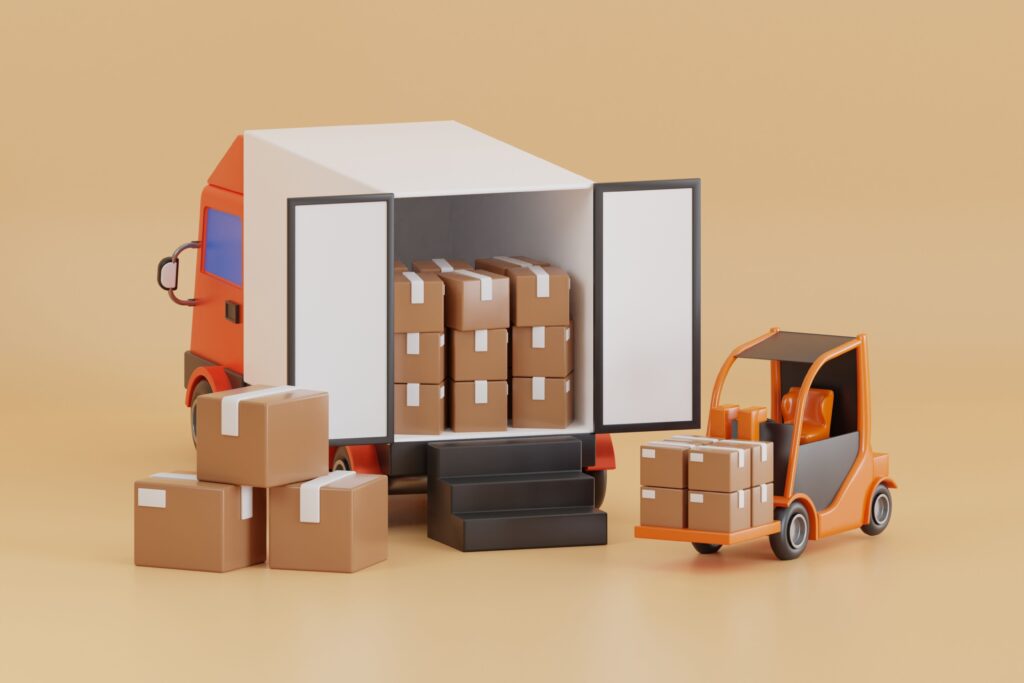
When maximizing trailer space, efficient stacking methods are crucial for utilizing vertical space effectively.
By strategically arranging cargo using pallets and stacking techniques, you can optimize the trailer’s capacity and reduce wasted space.
Implementing a thoughtful loading plan ensures that you make the most of the available space and minimize empty gaps within the trailer.
Efficient Stacking Methods
To maximize trailer space efficiently in freight transportation, strategic stacking methods play a crucial role in optimizing cargo capacity and enhancing transit safety. When organizing your freight for loading, consider the following:
- Vertical and Horizontal Utilization: Utilize both vertical and horizontal space effectively to fit more goods into the trailer.
- Risk Mitigation: Properly stacked freight reduces the chance of cargo shifting during transit, promoting safety and stability.
- Workflow Optimization: Implementing efficient stacking techniques streamlines the loading and unloading process, improving overall workflow efficiency.
Utilizing Vertical Space
Efficiently maximizing trailer space in freight transportation involves strategically utilizing the vertical dimension to optimize cargo capacity and enhance transit safety. By stacking goods efficiently, you can increase freight capacity while preventing damage during transportation.
Utilize pallets and secure loads with straps or braces to ensure stability in transit. Maximizing vertical space not only reduces the number of trips needed for transportation, saving time and fuel costs but also leads to more cost-effective and sustainable freight transport operations.
Securing Hazardous Materials

When securing hazardous materials for transportation, ensure proper container labeling, tightly secure tie-down straps, and have emergency response procedures in place.
Labeling should be clear and compliant with regulations to identify the contents accurately.
Secure tie-downs prevent shifting during transit, reducing the risk of leaks or spills.
Emergency response procedures are crucial for addressing any incidents swiftly and effectively.
Proper Container Labeling
Proper container labeling plays a critical role in securing hazardous materials during transportation. It’s essential to follow strict guidelines to ensure the safety of everyone involved.
Here are key points to remember:
- Include the material’s name, hazard class, identification number, and proper shipping name on labels.
- Adhere to hazardous materials regulations for specific label requirements to guarantee safe handling and transport.
- Ensure labels are durable, weather-resistant, and prominently displayed on the container to maintain visibility and compliance.
Accurate labeling isn’t just a recommendation; it’s a legal requirement that must be taken seriously to avoid penalties and protect the well-being of all individuals in the transportation process.
Secure Tie-Down Straps
To ensure the safe transportation of hazardous materials, it’s imperative to securely fasten them using approved tie-down straps that meet federal regulations.
Properly securing hazardous materials with tie-down straps is essential to prevent shifting and potential leaks during transit.
Federal regulations mandate specific requirements for the number and strength of tie-down straps to ensure the safe transport of hazardous materials and prevent accidents and spills.
Using high-quality and properly rated tie-down straps is crucial to minimize the risks associated with transporting hazardous materials.
Make sure to follow these guidelines meticulously to maintain safety standards and prevent any potential hazards during freight transportation.
Emergency Response Procedures
In implementing effective emergency response procedures for securing hazardous materials, immediate containment and isolation of the affected area is paramount. When dealing with hazardous materials incidents, follow these crucial steps:
- Proper Identification: Identify the hazardous material involved to apply the correct response measures swiftly.
- Protective Gear: Ensure responders wear appropriate protective gear to safeguard themselves during the containment process.
- Containment Materials: Use proper containment materials to prevent the spread of hazardous substances and minimize the impact on the environment.
Need more tips on cargo loading? Check out Cargo Loading Best Practices for more!

